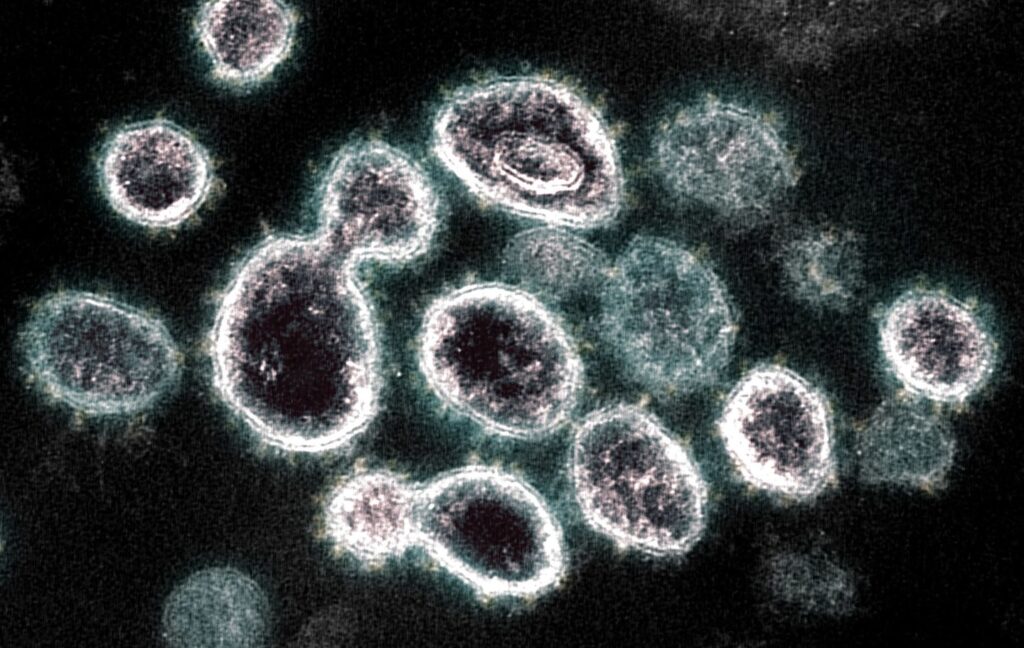
1. How is omicron evolving?
Omicron was first identified in southern Africa in late 2021, when it outcompeted the delta variant. Its initial iteration, B.1.1.529, is characterized by some 30 mutations in the gene for the spike protein, which gives the coronavirus its crown-like appearance and allows it to invade cells. Changes there can make the pathogen less recognizable to the antibodies the immune system makes in response to vaccination or a case of Covid, increasing the risk of infection.
2. What about these subvariants?
Omicron’s continuous evolution since then has led to the rapid, simultaneous emergence of a multitude of “fitter,” faster-spreading subvariants. Each contains a different constellation of genetic mutations. Some mutated strains have acquired both a striking ability to evade antibodies, including those developed to treat Covid, and an enhanced ability to infect human respiratory cells, making them more adept at spreading from person to person. Scientists have given particular subvariants nicknames, like “basilisk” and “gryphon,” to distinguish them among what’s become a convoluted designation of letters and numbers using standard scientific nomenclature.
3. Which strains are the most worrisome?
The subvariants known as BQ.1.1, BQ.1, BQ.1.3, BA.2.3.20 and XBB are among the fastest-spreading of the main omicron lineages. Of these, XBB is the most antibody-evasive SARS-CoV-2 variant identified to date, the World Health Organization said in a Jan. 11 report. It’s the first recombinant subvariant — a mixture of two earlier omicron strains — to quickly gain a foothold. The most recent iteration of XBB, known as XBB.1.5 and nicknamed “kraken,” carries additional mutations that allow it to bind tightly to healthy cells and accelerate its transmission. The WHO said it does not carry any mutation known to cause more severe disease. XBB.1.5 accounted for 27.6% of all US infections during the first week of January 2023, according to the Centers for Disease Control and Prevention, and more than 70% of those in the northeastern part of the country. It’s quickly catching up to BA.1., which was most prevalent in the US. The characteristics of XBB.1.5 may drive a surge of new cases elsewhere, the WHO said, though the lack of detailed information from countries outside the US limit its confidence in that assessment. The number of infections from XBB.1.5 is rising in Asia and Europe, where it accounted for fewer than 2.5% of infections during the last weeks of 2022, according to the European Centre for Disease Prevention and Control.
4. How effective are current vaccines?
Immunity generated by a primary vaccination series generally has reduced effectiveness against the omicron variants. Booster doses, especially using mRNA shots from Moderna Inc. or Pfizer Inc. and BioNTech SE, substantially improve protection against symptomatic disease and infection, though the benefit diminishes over time. While studies have found effectiveness against severe illness after a primary immunization series is typically maintained over the following six months, emerging information suggests that may not hold up with XBB.1.5. Laboratory tests show people who have received three Covid vaccines and recovered from an earlier omicron infection don’t produce high levels of neutralizing antibodies against XBB.1.5, according to the WHO, which says more research is needed on the longer-term impact. Regulatory agencies approved so-called bivalent vaccine booster doses after manufacturers developed shots aimed at improving protection against various omicron subvariants.
5. What are hospitalizations showing?
Although some of the newer omicron variants have caused local spikes in Covid cases, hospitalizations aren’t going up at the same rate they did during previous waves. This suggests that the immunity generated from prior infections and vaccination is protecting against severe illness in some people. That may change with the spread of XBB.1.5, as hospitalizations in parts of the US where it first arrived hit peaks exceeded only during the initial omicron outbreak. Even mild infections in vaccinated individuals can lead to long Covid in some cases, which means vaccination alone may not be enough to reduce the long-term health consequences of the pandemic.
(Updates with information about subvariant XBB.1.5 in sections 3, 4 and 5.)
More stories like this are available on bloomberg.com

